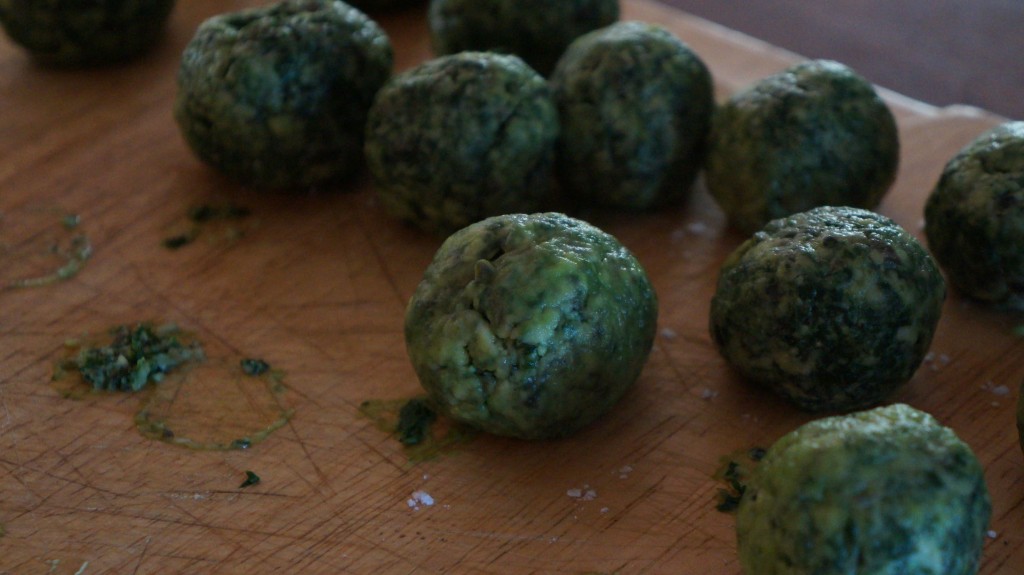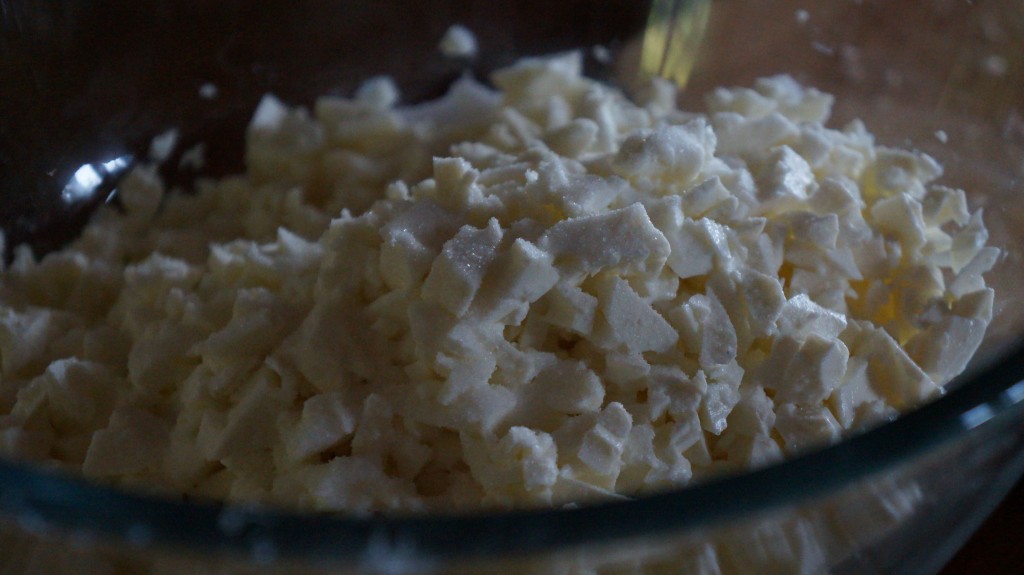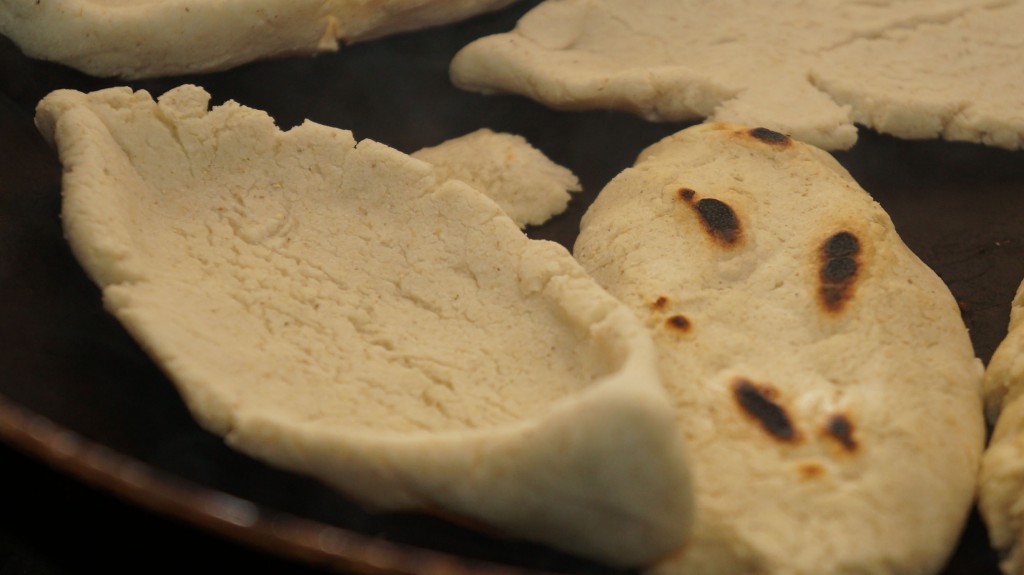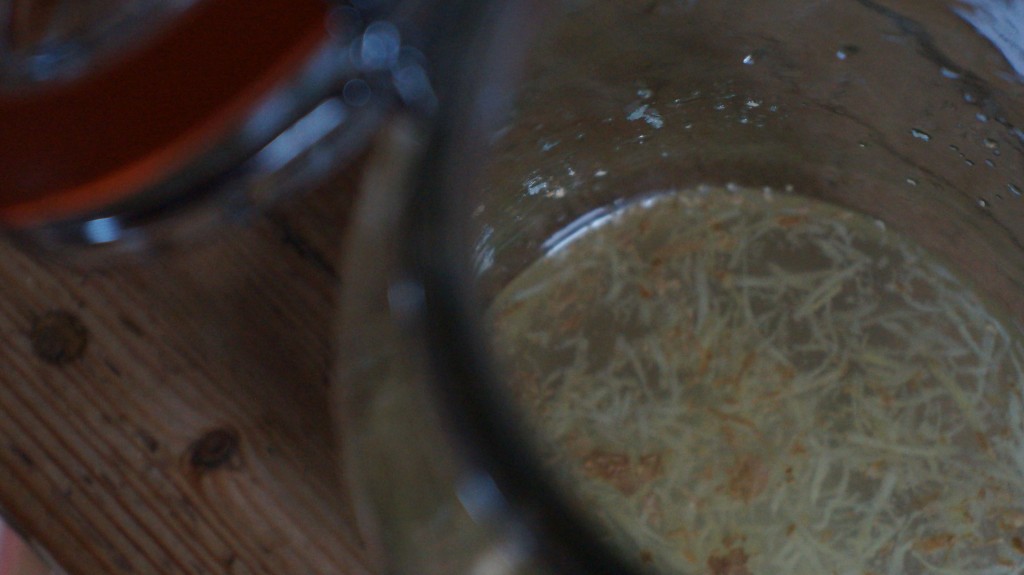Simon Hopkinson is a food renegade and has dedicated his life to searching out the best recipes – I can get into that! There is a refined approach to the recipes selected for Roast Chicken and Other Stories. They are sorted using basic ingredients and are lovingly crafted. In the introduction of the cookbook, Hopkinson expresses the learning curve he needed to go through in order to write recipes in a precise manner.
“I have written this book, not because I am a chef, but because I like to cook and I enjoy eating good food... [I am] not good at writing recipes on a regular basis... I have to learn to do that, and it has been interesting and beneficial to be so restricted.”
“Deep down in the mind of a good cook are endless recipes. It is a matter of knowing what goes with what; knowing when to stop and where to start, and with what ingredients.”
I have a strong desire to teach people how to cook intuitively – so I can see where Hopkinson is coming from! He balances the restriction he feels in writing recipes by making each chapter of this cookbook a general introduction to one of his favourite ingredients in so far as to say what the ideal way of cooking the meat is.
Below I show you two of the recipes of his that I've made from Roast Chicken and Other Stories. Be sure to check out his discussion of his work with Ballymaloe's own Rory O'Connell.
~~~~~
Tripes a la Lyonnaise
I've never made tripe before - this was a personal challenge. Yes, tripe is the edible lining of an animal's stomach. In this case, Ox tripe. The first time I ever tried it was in a Vietnamese restaurant in a Pho noodle bowl. I quite like the consistency and flavour when done right! Like most food, really...
110g / 4oz butter
900g / 2lb onions, peeled and thinly sliced
1tbsp tomato puree
700g / 1½lb cleaned ox tripe, preferably the honeycomb variety
salt and pepper
2tbsp red wine vinegar
6tbsp concentrated meat glaze
3tbsp finely chopped flat parsley
Heat the butter until pale nut-brown and add the onions. Stew gently until gooey and golden brown – this can take up to 1 hour. Add the tomato puree and continue to cook until the tomato puree has lost its bright red colour and has turned rusty. Put the tripe in a pan, cover with water, bring to the boil, drain and cut into thin strips. Turn up the heat and fry vigorously so that parts of the onion and tripe become burnished. Add the vinegar and allow it to burn off most of its harshness. Stir in the meat glaze, and let the whole stew bubble fora few moments before adding the parsley. Serve immediately, piping hot, with plain boiled potatoes.
~~~~~
Spinach Dumplings
700g / 1½ lb raw spinach
110g / 4oz ricotta
3 egg yolks
125g / 5oz Parmesan
freshly grated salt, pepper and nutmeg
plain flour
110g / 4 oz butter
20 sage leaves
1 lemon, cut into 4 wedges
Blanch the spinach briefly in fiercely boiling water, drain, and refresh in ice–cold water. Squeeze in a kitchen towel until as dry as possible.
In a food processor, purée together the spinach, ricotta, egg yolks, 3 oz Parmesan, and seasoning. Spread out in a shallow tray, cover with plastic wrap, and allow to firm up in the fridge for a minimum of 3 hours.
Using two teaspoons, form the mixture into little balls and roll immediately in the flour.
In a large pan, bring at least 3½ pints lightly salted water to the boil, and at a gentle simmer poach the dumplings, five or six at a time, and remove with a slotted spoon after about 5 minutes when slightly swollen.
Transfer to a hot serving dish, cover, and keep warm.
Melt the butter until nut brown, throw in the sage leaves, turn until evenly coated and slightly crisp, and spoon over the dumplings together with the butter.
Sprinkle with the remaining Parmesan and serve with lemon wedges.
~~~~~
Are there any ingredients you've been too nervous to cook? Try it for yourself and share your story!




































